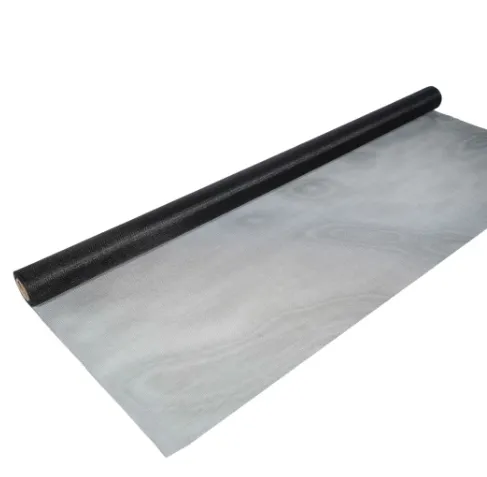Understanding Steel Grating Thickness An Essential Guide
Steel grating is an essential component in various industrial, commercial, and residential applications. It is widely used for flooring, walkways, and even in drainage systems due to its strength and durability. One of the critical factors that influence the performance of steel grating is its thickness. In this article, we will explore the implications of steel grating thickness, how it affects functionality, and the considerations for selecting the right thickness for specific applications.
Importance of Thickness
The thickness of steel grating directly impacts its load-bearing capacity, durability, and overall performance. Thicker grating tends to have a higher load rating and can withstand greater stress from foot traffic, heavy machinery, and environmental factors. This is especially important in applications where safety is a concern, such as industrial settings or public walkways. Conversely, thinner gratings may suffice for lighter applications but might compromise integrity under heavy loads.
Load Bearing Capacity
The load capacity of steel grating often depends on several factors, including the material's thickness, bar spacing, and the type of steel used. For instance, a steel grating that is 1 inch thick will generally have a higher load-bearing capacity than one that is just 0.5 inches thick. When selecting the appropriate thickness, it is crucial to consider the maximum anticipated loads your grating will support. This ensures safety and longevity, preventing hazardous situations caused by inadequate strength.
Material Type and Corrosion Resistance
In addition to thickness, the type of steel used in fabrication plays a significant role in performance. For example, galvanized steel grating offers enhanced corrosion resistance, which can be a determining factor for applications exposed to moisture or chemicals. When considering grating thickness, one should also take into account the environment it will be used in. Thicker materials can provide additional resistance to corrosion, especially when combined with protective coatings.
steel grating thickness

Application-Specific Considerations
Different applications necessitate different thicknesses of steel grating. For instance
1. Industrial Applications In manufacturing or processing plants, where heavy equipment runs over the grating, a thicker option (e.g., 1 inch) may be appropriate. It ensures that the grating can support heavy loads without bending or breaking.
2. Commercial Spaces For shopping malls or office buildings, a thickness of around 0.75 inches may be sufficient. These areas do not usually face the same level of stress as industrial settings, allowing for a balance between sturdiness and aesthetic appeal.
3. Architectural Features For decorative grating or areas that require visibility or light passage, thinner options (around 0.5 inches) may be selected. While they still maintain strength, they contribute to a more appealing design.
Conclusion
Choosing the right thickness for steel grating is crucial for ensuring safety, longevity, and efficiency in various applications. It requires a careful assessment of the specific demands of the project, including load bearing requirements, environmental conditions, and aesthetic considerations. By understanding the implications of steel grating thickness, users can make informed decisions that will lead to optimal performance and durability. Whether for industrial, commercial, or residential use, the right steel grating thickness is essential for maintaining safety and efficiency in any environment.
-
Versatility of Expanded Aluminum Metal for Various Applications
NewsMay.19,2025
-
The Geometry of Steel Gratings: Why It Matters
NewsMay.19,2025
-
Reinforcement Applications of Perforated Mesh in Masonry
NewsMay.19,2025
-
Essential Tools for Installing a Deck Mesh Railing
NewsMay.19,2025
-
Anti-Slip Flooring Made with Stainless Expanded Mesh
NewsMay.19,2025
-
Adjustable Steel Grating for Uneven Terrain
NewsMay.19,2025
Subscribe now!
Stay up to date with the latest on Fry Steeland industry news.

